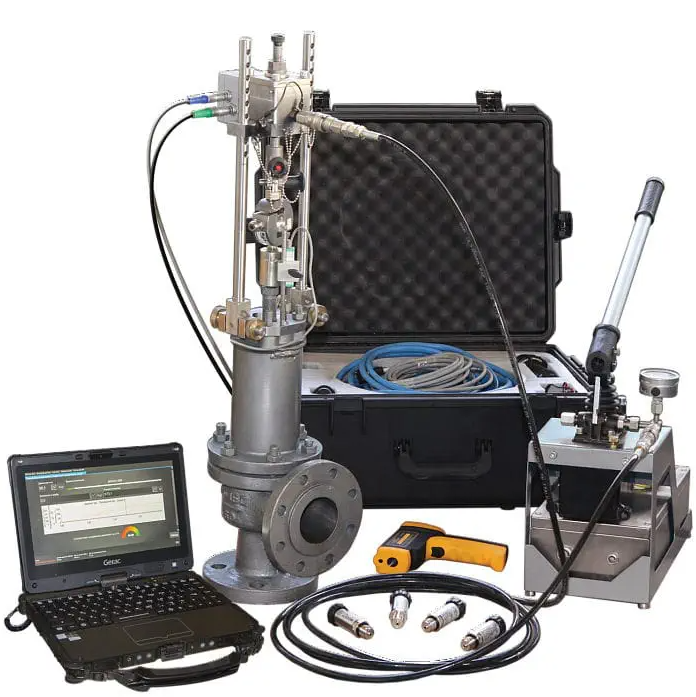Everyone needs a release valve to relieve stress, especially when under pressure. Your equipment and lines aren't any different. Of course, you can't literally explode, but don't underestimate your plant about it. There are a few things to worry about in this matter: calibration, component integrity, leak rate, and compliance. Well... we hope you don't fail at any of them.
Safety valves aren't easy equipment, but it's okay if the documents are in order, right? Wrong. The PSV is that element that can cause immediate catastrophic damage for many different reasons, including self-destruction by chattering. These valves need to be accurate, with carefully selected, inspected, and rigorously tested components.
It's rare to find, but having your valve tested on an ASME-certified test bench is the best way to prevent problems with overpressure. If you can't and your valves are being tested at low pressure, you can mitigate risks by retesting the valves in operation. By the way, check critical dimensions of a component well before machining it, if it comes to that.
Should we bring the mountain to the workshop? It's not uncommon to find safety valves installed in hard-to-reach locations or welded to the piping. In these cases, it's more efficient to repair the valves in the field, provided it's done with a highly trained technician, carrying the right equipment, as cold tests cannot be performed. So, you'll only have one chance to get it right. Unless you don't mind shutting down your factory more than once, don't hesitate to ask for credentials.
As long as the line pressure can be stabilized, you can perform the online test without stopping your process.
You can confirm and certify the opening pressure of your PSV.
The online test has been widely used for decades by industries to comply with NR13.
The standard mentions hydraulic or pneumatic equipment as an alternative for valve calibration.
Contact
Orgulhosamente certificada ISO9001:2015
Páginas


